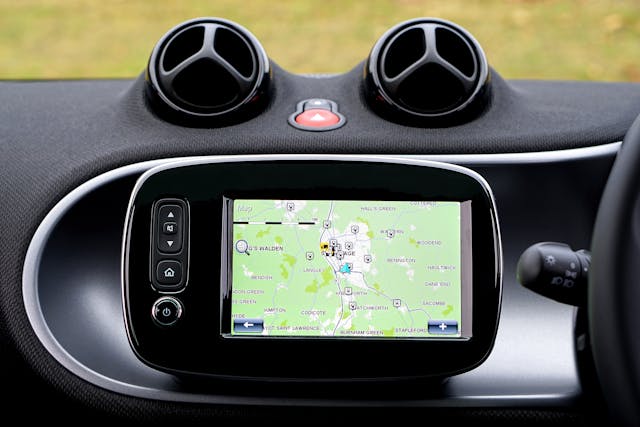About GPS Navigation

Understanding GPS Navigation: Your Guide to Navigating with Confidence
In today’s fast-paced world, GPS (Global Positioning System) navigation has become an indispensable tool for travelers, drivers, hikers, and even everyday commuters. Whether you’re exploring new places, finding the quickest route to work, or embarking on a road trip, GPS navigation can be your reliable guide. In this guide, we’ll delve into what GPS navigation is, how it works, its benefits, and some tips for using it effectively.
What is GPS Navigation?
GPS stands for Global Positioning System, and GPS navigation is a technology that uses signals from satellites to determine your exact location on Earth. This system was developed by the United States Department of Defense and has since become widely accessible for civilian use.
GPS navigation allows users to input their desired destination and receive step-by-step instructions on how to get there. It can provide real-time information about your current location, upcoming turns, traffic conditions, and estimated arrival time.
How Does GPS Navigation Work?
 GPS navigation relies on a network of satellites orbiting the Earth. These satellites continuously transmit signals that are picked up by GPS receivers, which are found in smartphones, car navigation systems, and other devices.
GPS navigation relies on a network of satellites orbiting the Earth. These satellites continuously transmit signals that are picked up by GPS receivers, which are found in smartphones, car navigation systems, and other devices.
To determine your position, the GPS receiver calculates the time it takes for signals from multiple satellites to reach it. By comparing the arrival times of these signals, the receiver can triangulate your exact location using a process called trilateration.
Once your position is determined, the GPS navigation system can plot a route from your current location to your destination. It takes into account factors such as road networks, speed limits, and traffic conditions to provide you with the most efficient route possible.
Benefits of GPS Navigation
Accurate Directions: GPS navigation provides precise turn-by-turn directions, helping you navigate unfamiliar roads with confidence.
Time Savings: By calculating the quickest route based on real-time traffic data, GPS navigation can help you save time during your travels.
Increased Safety: GPS navigation can alert you to upcoming hazards, road closures, and traffic incidents, allowing you to adjust your route accordingly and avoid potential accidents.
Convenience: With GPS navigation, you can easily find points of interest such as restaurants, gas stations, and attractions along your route.
Accessibility: GPS navigation is available on a wide range of devices, including smartphones, tablets, and dedicated GPS units, making it accessible to virtually everyone.
Tips for Using GPS Navigation Effectively
Keep Your Maps Updated: Make sure to regularly update the maps and software on your GPS navigation device to ensure accurate directions and access to the latest features.
Use Voice Guidance: Enable voice guidance to receive audible directions, allowing you to keep your eyes on the road while driving.
Plan Ahead: Before setting out on your journey, review your route and familiarize yourself with any potential detours or points of interest along the way.
Stay Connected: If possible, maintain a stable internet connection to receive real-time traffic updates and route adjustments.
Use Backup Navigation: While GPS navigation is highly reliable, it’s always a good idea to have a backup plan in case of technical issues or signal loss. Carry a physical map or have an alternative navigation app available.
Summary
GPS navigation has revolutionized the way we navigate our world, providing us with accurate directions, real-time traffic updates, and increased convenience and safety. By understanding how GPS navigation works and following some simple tips, you can harness the power of this technology to navigate with confidence wherever your travels may take you. Whether you’re driving across town or exploring new horizons, let GPS navigation be your trusted guide on the journey ahead.

